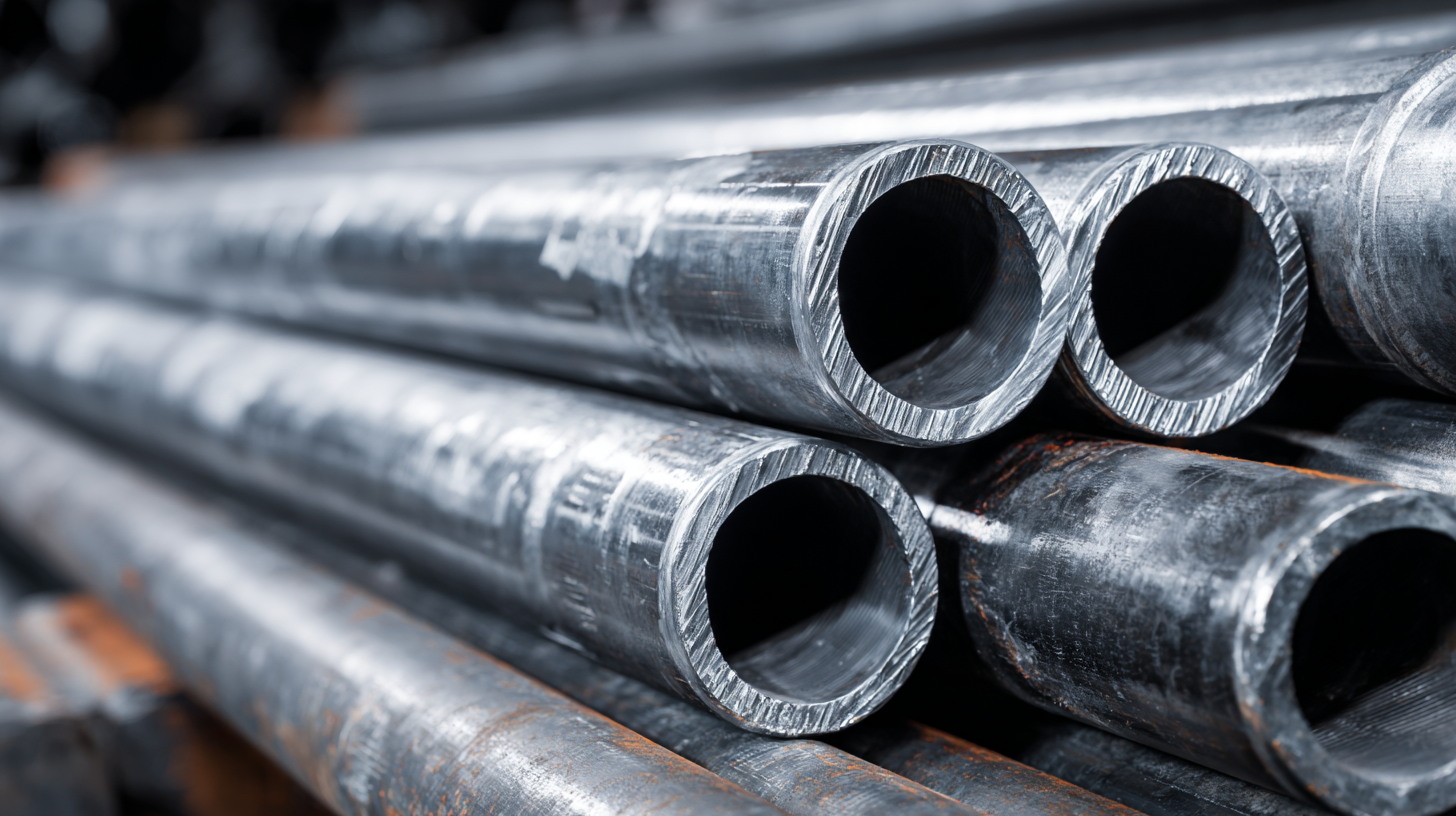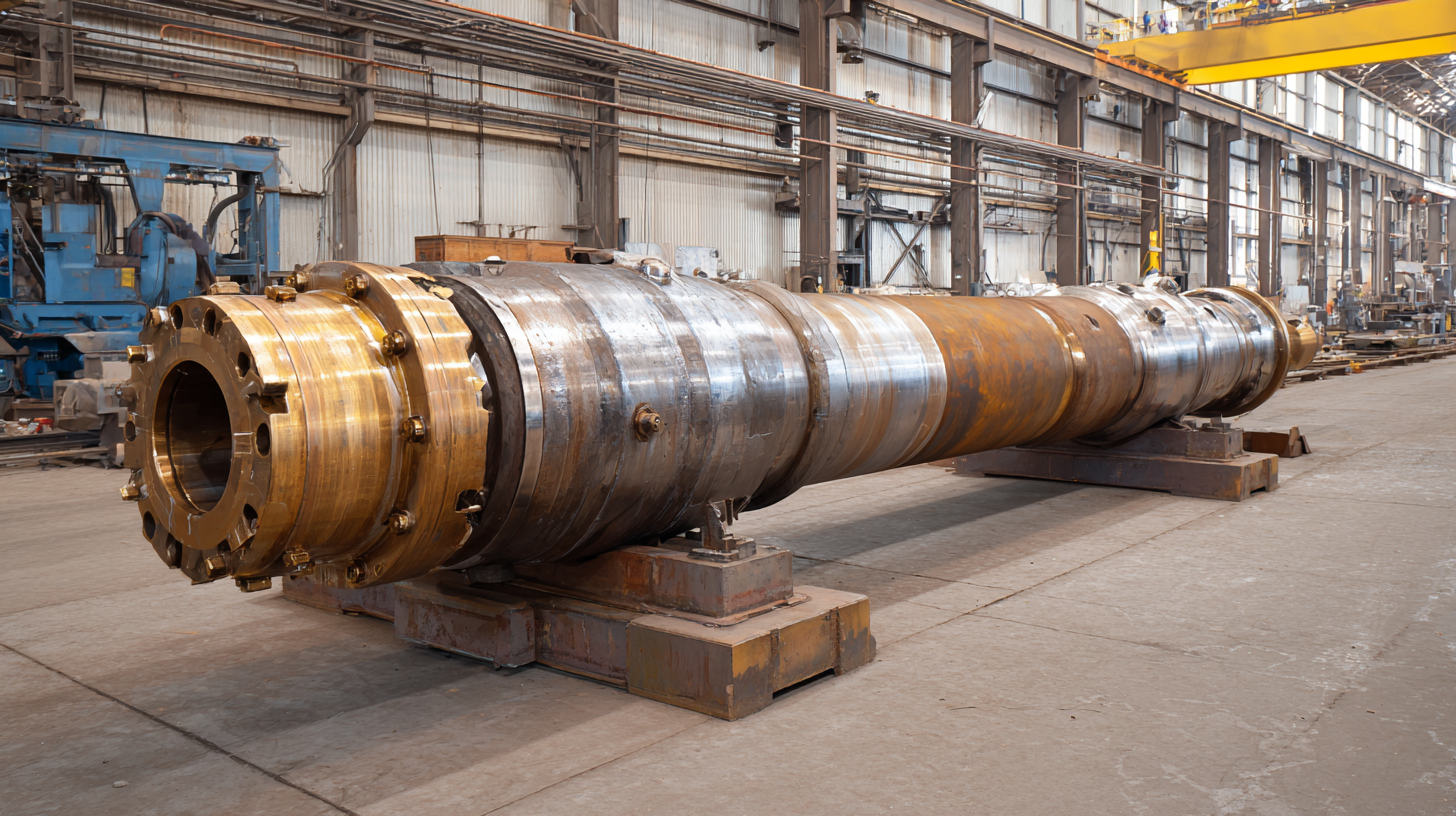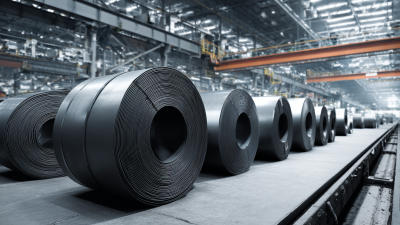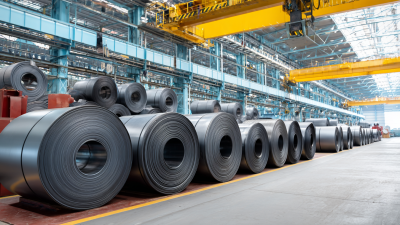When selecting the appropriate Hot Dip Pipe for industrial applications, it is crucial to understand both the specific requirements of your project and the varying properties of available materials. According to a recent industry report by MarketsandMarkets, the global market for hot-dip galvanized steel pipes is projected to reach $3.8 billion by 2026, driven by increasing demand in sectors such as construction, manufacturing, and energy. Notably, hot dip pipes offer enhanced corrosion resistance, durability, and longevity, making them a preferred choice in diverse environments, from infrastructure development to industrial manufacturing. Therefore, making an informed choice involves considering factors such as pipe dimensions, coating thickness, and application-specific performance characteristics, ensuring the selected Hot Dip Pipe meets the rigorous standards necessary for optimal operation in your industrial setting.

When selecting hot dip pipes for industrial applications, several key factors must be taken into consideration to ensure optimal performance and longevity. One of the primary aspects is the pipe's resistance to corrosion, especially in environments where exposure to moisture and chemicals is common. A report from the American Society for Testing and Materials (ASTM) indicates that galvanized pipes can exhibit up to 50% longer lifespans in harsh conditions compared to uncoated alternatives, making them a preferred choice for many industries.
Another vital factor is the pipe's mechanical properties, which include tensile strength and flexibility. According to the Steel Pipe Institute, choosing hot dip pipes that meet or exceed the industry's minimum yield strength standards, typically around 35,000 psi, can significantly enhance durability and reliability under stress. Additionally, understanding the specific temperatures and pressures that the pipes will be subjected to is essential for ensuring safety and effectiveness.
**Tips:** Always consult with suppliers to verify compliance with industry standards and consider potential future applications that may impose different requirements. It’s also prudent to evaluate the installation process, as improper handling may undermine the pipes' effectiveness. Furthermore, regularly inspect and maintain hot dip pipes to prolong their service life and prevent costly replacements, adhering to guidelines set forth in maintenance reports from relevant industry associations.
| Factor | Description | Importance Level |
|---|---|---|
| Material | Choose pipes made from corrosion-resistant materials like galvanized steel or stainless steel. | High |
| Diameter | Select the appropriate diameter based on flow rate and pressure requirements of the system. | Medium |
| Thickness | Consider wall thickness for durability and resistance to external damages. | High |
| Coating | Evaluate any additional coatings for improved corrosion resistance or chemical resistance. | Medium |
| Temperature Resistance | Ensure that the pipe can withstand the maximum operating temperature of your application. | High |
| Standards Compliance | Check for compliance with industry standards to ensure safety and quality. | High |
| Cost | Consider the budget constraints while ensuring quality requirements are met. | Medium |
When selecting hot dip galvanized pipes for industrial applications, understanding coating thickness standards is crucial. The American Society for Testing and Materials (ASTM) C1029 specifies that the minimum coating thickness for hot dip galvanized steel pipes should be 5 mils (about 125 microns) for standard applications. However, for harsher environments or structures subjected to heavy wear, a thicker coating up to 12 mils (300 microns) may be recommended. This ensures that the pipes maintain their corrosion resistance over time, reducing maintenance costs and prolonging service life.
Tips: Ensure to always check the certification provided with the piping materials. Look for compliance with the relevant ASTM specifications, and consider consulting industry standards for the specific conditions your pipes will encounter. Regular inspections of coating integrity can prevent costly failures down the line.
Moreover, the expectations for coating thickness might vary based on application. For example, pipelines exposed to aggressive corrosive elements, such as those in marine environments, may require compliance with the ISO 12944 standard, where a minimum of 70 microns is often advised. Understanding these standards allows businesses to make informed decisions that align with both safety and long-term economic efficiency.
Tips: When in doubt, consult with your pipe suppliers or industry experts to determine the most suitable coating thickness for your specific application, taking into account both environmental factors and durability considerations.
When selecting the right hot dip pipe for industrial applications, evaluating the material composition is crucial for ensuring durability and corrosion resistance. Recent advancements in corrosion mitigation strategies highlight the importance of using materials that can withstand harsh environments, such as those found in marine applications. For instance, the incorporation of innovative coatings, like epoxy-60% zinc, has shown significant improvements in corrosion protection, making them ideal for applications in steel bridge decks. Such coatings not only enhance longevity but also reduce maintenance costs associated with corrosion damage.
Tips: When choosing hot dip pipes, consider materials with proven corrosion resistance, such as weathering steel, which benefits from optimized properties such as strength and ductility through advanced modeling techniques. Additionally, utilizing materials that include nano silica or waste materials can further improve corrosion protection, increasing the lifespan of the pipes in challenging environments.
Moreover, understanding the chemical composition of the materials is essential. For example, studies have demonstrated that additives like steel fibers and slag can improve the mechanical properties and durability of concrete, which may be relevant when considering pipe infrastructure. This focus on composite materials not only enhances mechanical performance but also ensures a higher level of resistance to environmental factors, extending the service life of the products in industrial settings.
When evaluating the cost-effectiveness of hot dip pipes for industrial needs, it is essential to compare different manufacturers and materials. Galvanized iron (GI) pipes, particularly those that undergo hot dip galvanization, have gained significant attention in recent years, with a market projected to grow from USD 7.5 billion in 2024 to USD 11.2 billion by 2033. This growth indicates a strong preference for their durability and resistance to corrosion, making them a viable option for various applications across industries.

Factors such as initial investment, maintenance costs, and lifespan should be considered when comparing hot dip pipe manufacturers. The cost-effectiveness of these pipes often hinges on their performance in real-world conditions, influenced by factors like environmental exposure and the specific requirements of the projects they serve. It is crucial to conduct a thorough analysis of each manufacturer, looking beyond just price to evaluate the total cost of ownership over time, ensuring that industrial needs are met sustainably and efficiently.
When selecting hot dip pipes for industrial applications, it is crucial to consider industry-specific regulations, as these can significantly influence material selection, coating thickness, and overall design. For instance, the American National Standards Institute (ANSI) sets forth rigorous standards for pipe materials used in construction projects, emphasizing the importance of corrosion resistance and durability. According to a 2022 report by the American Society of Mechanical Engineers (ASME), nearly 30% of all pipe failures in industrial settings are attributed to inadequate corrosion prevention measures. This underscores the necessity of adhering to established guidelines to mitigate risks and ensure longevity.
Additionally, industries such as oil and gas, water treatment, and manufacturing often have unique regulatory requirements that govern material performance, including the National Association of Corrosion Engineers (NACE) standards, which specify stringent criteria for coatings used in aggressive environments. A recent survey found that compliance with NACE standards is associated with a 40% reduction in maintenance costs over a decade. Thus, understanding and navigating these regulations is essential for selecting the right hot dip pipe that aligns with both operational needs and safety compliance, ultimately enhancing productivity and reducing lifecycle expenses.










